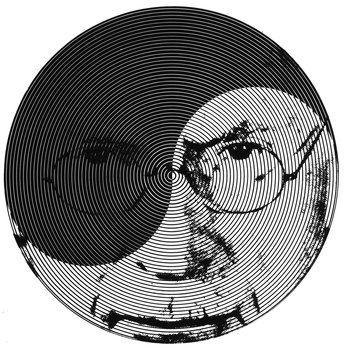Carl Gustav Jung1875–1961
Jung established an analytic psychology that emphasised the self - the achievement of harmony among the various strands of personality. He displayed an early ambivalence in his approach to psychology: on the one hand, he developed a method of determining emotionality from associative reaction times to words (as had Wertheimer earlier); on the other, he studied occult phenomena and alchemy. Jung was closely associated with Freud between 1907 and 1912, but thereafter Jung developed his analytic psychology, concentrating upon individual differences in personality and cross-cultural comparisons. His system became increasingly complex and amorphous, in contrast to Freud’s more constrained model of personality. Jung’s approach to individual differences focused on the resolution of contrasting attributes, like extraversion and introversion (terms he introduced). Personality was taken to be comprised of the persona (the socialised self), the anima or animus (characteristics of the opposite sex of which the individual is unaware) and the shadow (the instincts). The integration of these components defines the self, which undergoes changes throughout life, particularly in middle age. Reality for Jung was psychical and the unconscious involved personal and collective components. Dreams provided an avenue into both aspects of the unconscious, either through underdeveloped features of the shadow or through the archetypal themes expressed. “The symbols of the process of individuation that appear in dreams are images of an archetypal nature which depict the centralizing process or the production of a new centre of personality.” It was the emphasis on the collective unconscious, archetypes, and synchronicity that placed Jung more firmly in the Romantic tradition than Freud. Jung was born in Thurgovia, Switzerland, and spent his life in his native land. He studied medicine at the University of Basel, and subsequently practiced psychiatry at the Burghölzli hospital in Zurich under Eugen Bleuler (1857-1939). Jung worked with Janet before becoming a colleague of Freud; he was seen by the latter as his successor, and they visited America together in 1909. Jung was the first president of the International Psychoanalytic Association. The collaboration ceased in 1914, when their disparate views on the importance of psychosexuality led to a bitter split. Following the schism Jung entered a depression and sought to express his feelings in paintings. Initially they were representational but became increasingly abstract - often in the form of circular, quartered designs. He was later struck by the similarity of his paintings to the symbols and myths used in all human cultures. In particular, the mandala was treated as a symbol of total unity. Even his graphical model of mind consisted of concentric circles, with sensations in the outermost annulus, progressing centripetally through thinking, feeling, intuition, and memory to the central core of the personal unconscious. Jung studied comparative religion and the occult throughout his life, and he placed particular significance on visual symbols, like the mandala, used in different cultures. These included yin-yang - representing the union of opposites - and Jung is shown within a variant of this symbol made up of concentric circles.
